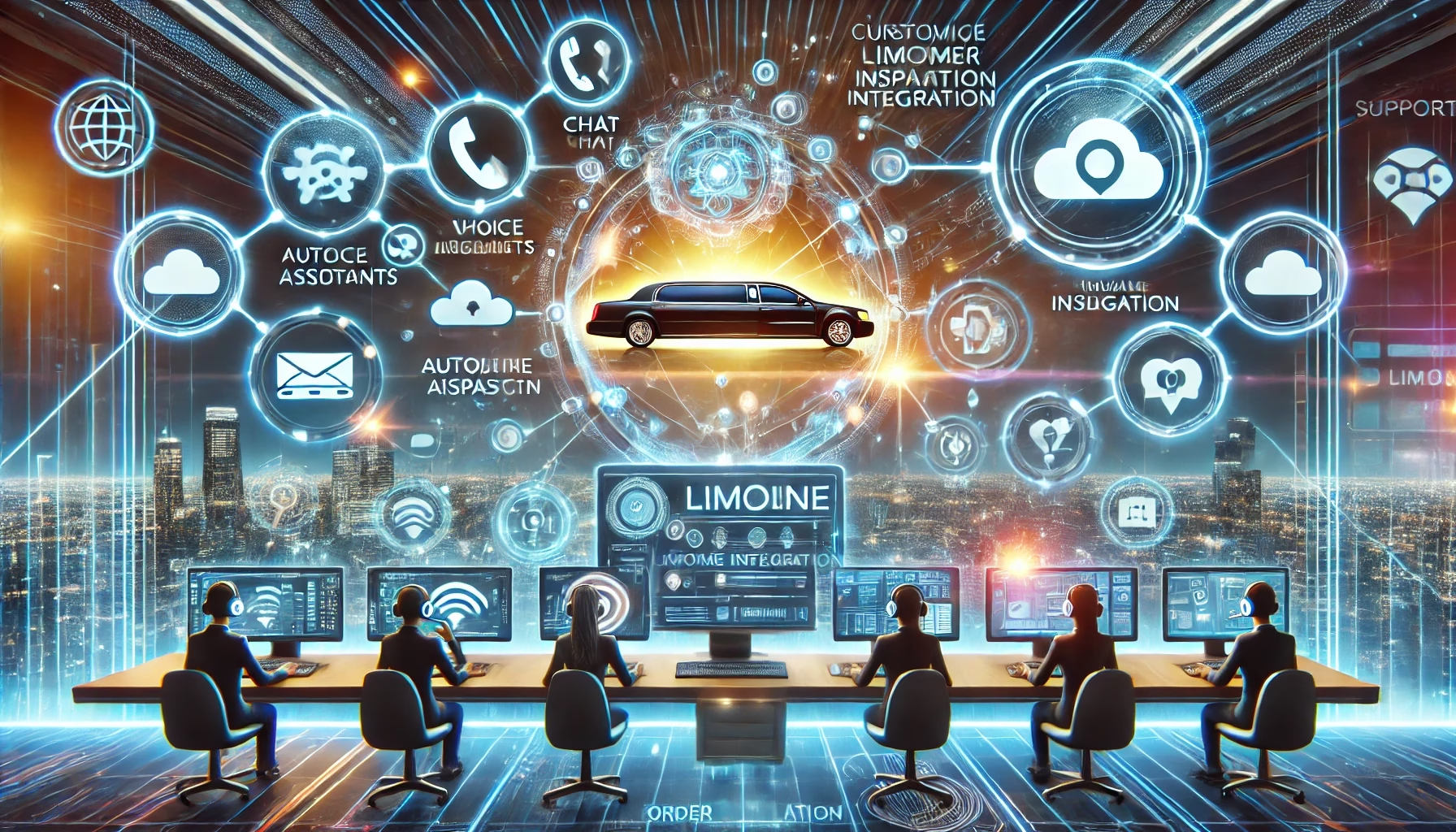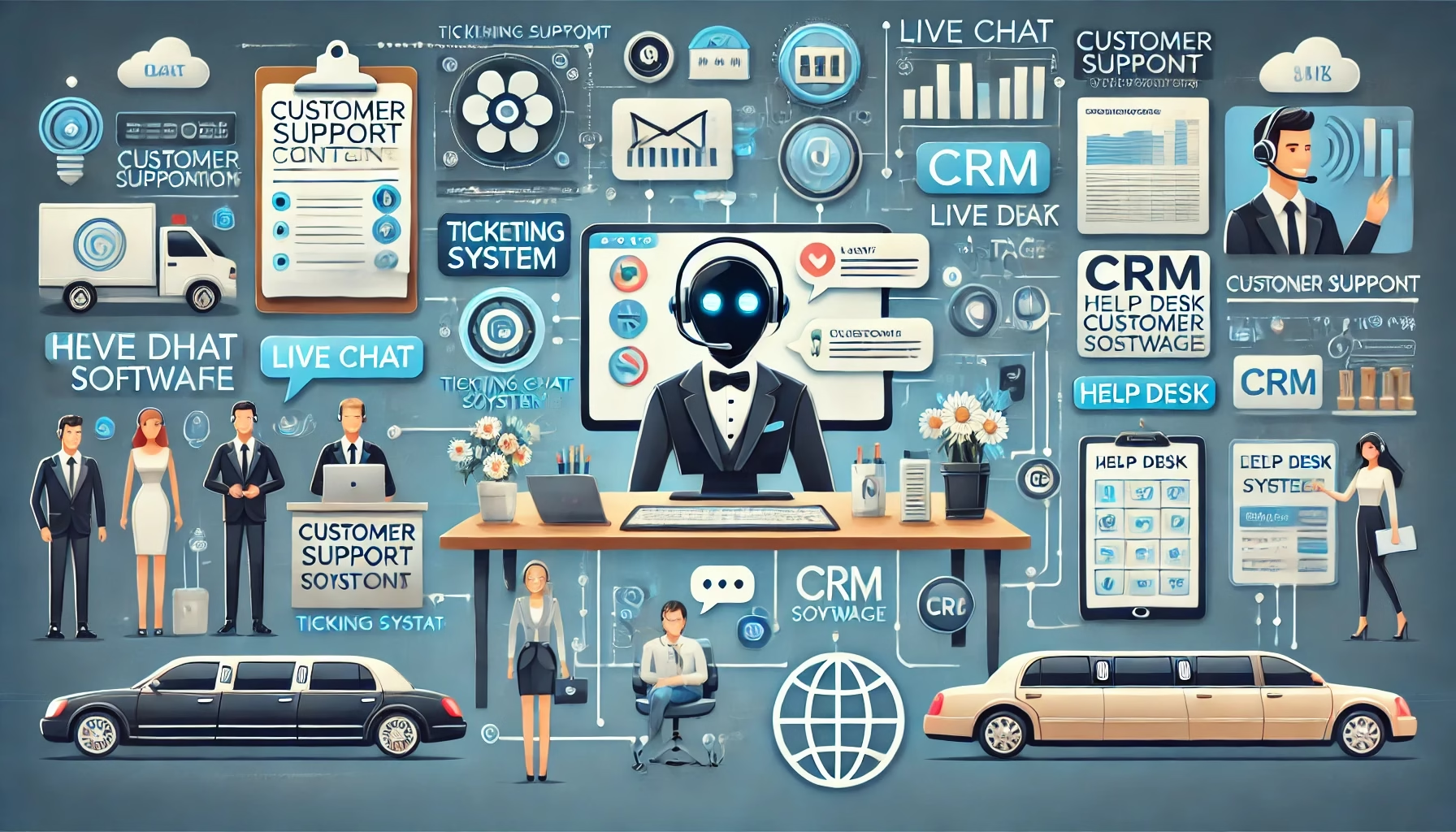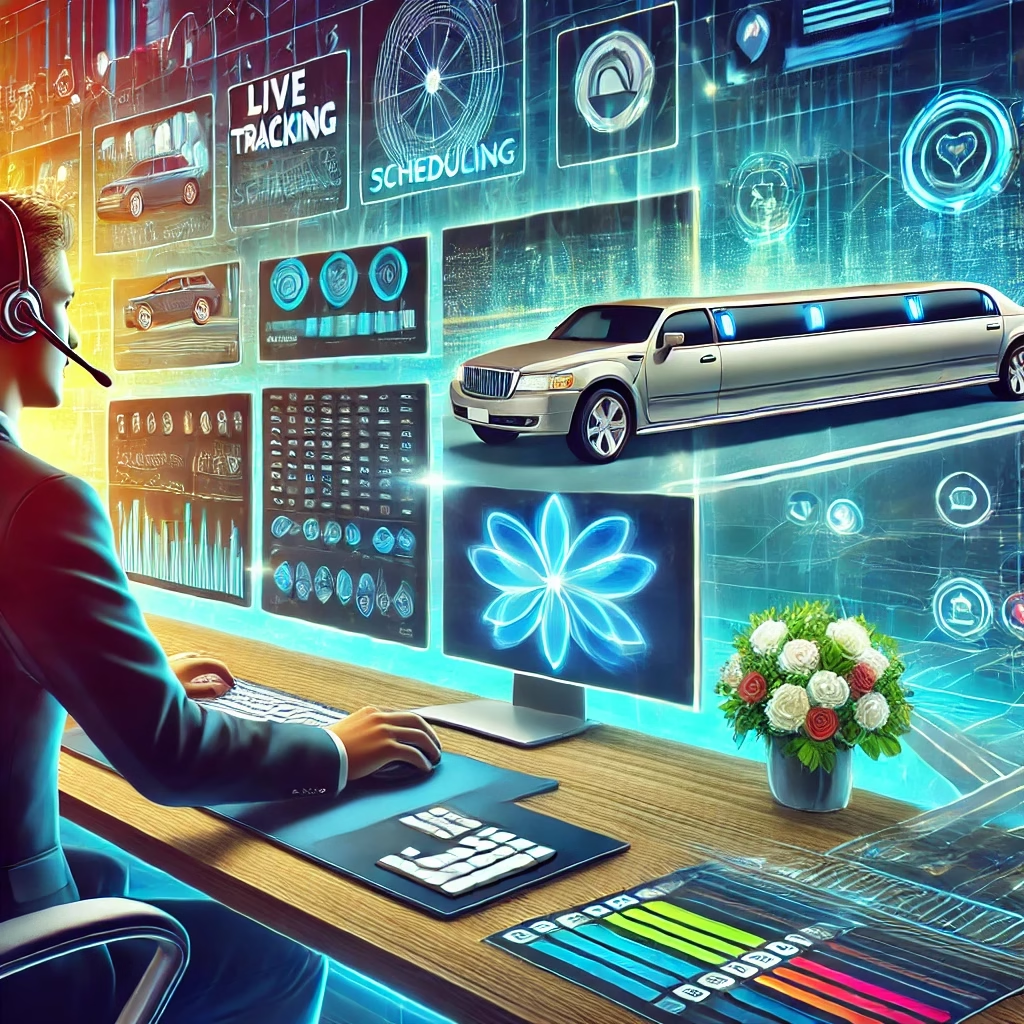Introduction
In today’s fast-paced digital landscape, businesses are constantly searching for ways to optimize their operations. One critical area undergoing significant transformation is customer service order integration. The ability to efficiently handle customer inquiries while processing orders in real-time is crucial for businesses, particularly in industries like dispatch and limousine services.
As artificial intelligence (AI), automation, and cloud-based solutions gain traction, companies must rethink their approach to customer service order integration. The challenge is balancing automation with human interaction while ensuring a seamless, efficient, and customer-centric experience.
This article explores the future of customer service order integration, highlighting key trends, challenges, and solutions. We will examine the tradeoffs businesses face, provide innovative strategies, and emphasize the importance of investing in the right technologies.
1. The Shift Towards AI-Powered Customer Service
The Issue: Rising Demand for Automation
With the rise of AI-driven technologies, businesses are increasingly using chatbots and virtual assistants to manage customer service order integration. While automation enhances efficiency, it can sometimes lead to impersonal experiences and customer frustration.
Solution: A Hybrid AI-Human Approach
- Intelligent Chatbots: Implement AI-powered chatbots that can handle basic queries and process simple orders. This reduces human workload and allows staff to focus on complex issues.
- Seamless Escalation: Ensure that AI assistants can transfer difficult inquiries to human agents when needed. This prevents customer frustration and improves satisfaction.
- Personalization: Leverage AI to analyze customer history and provide personalized responses. This makes interactions more engaging and relevant.
2. Cloud-Based Order Management Systems
The Issue: Lack of Centralized Data
Many businesses struggle with fragmented systems, making it difficult to streamline customer service order integration. Without a centralized platform, delays and miscommunication occur.
Solution: Adopting Cloud Technology
- Real-Time Access: Cloud-based order management systems enable real-time access to customer data, allowing teams to provide instant support.
- Scalability: Businesses can scale their operations without worrying about infrastructure limitations.
- Data Synchronization: Integrated cloud platforms ensure that customer service, order processing, and dispatch teams operate on the same data.
3. Enhancing Customer Experience with Omnichannel Support
The Issue: Fragmented Customer Interactions
Customers today expect support across multiple channels—phone, email, chat, social media, and apps. Businesses that fail to provide a seamless omnichannel experience risk losing clients.
Solution: Unified Communication Channels
- Centralized Customer Support: Implement CRM software that consolidates customer interactions across different channels.
- Consistency Across Platforms: Ensure that customers receive consistent support whether they call, email, or use live chat.
- AI-Driven Analytics: Use AI tools to analyze customer interactions and improve service quality based on insights.
4. Dispatch Optimization for Limousine Services
The Issue: Inefficient Dispatching Systems
For limousine services, efficient dispatching is crucial. Delays in order-taking or miscommunication can result in poor customer experiences.
Solution: Smart Dispatching Systems
- AI-Powered Route Optimization: Implement AI algorithms to find the best routes and minimize delays.
- Automated Booking Confirmations: Ensure that customers receive instant booking confirmations and real-time updates.
- Driver-Customer Coordination: Enable seamless communication between drivers and customers to enhance service reliability.
5. The Role of Data Analytics in Customer Service Order Integration
The Issue: Lack of Data-Driven Decision-Making
Many businesses rely on outdated methods rather than leveraging data to improve customer service order integration.
Solution: Using Predictive Analytics
- Customer Behavior Insights: Use data analytics to predict customer preferences and personalize services.
- Order Trend Analysis: Identify peak order times and optimize staffing accordingly.
- Performance Metrics: Monitor response times, order fulfillment efficiency, and customer satisfaction.
6. The Impact of AI Voice Assistants in Order Processing
The Issue: Slow and Inefficient Manual Order Processing
Relying solely on human agents for order-taking can lead to delays, errors, and increased costs.
Solution: AI Voice Assistants
- Faster Order Processing: AI-powered voice assistants can handle large volumes of calls, reducing wait times.
- Error Reduction: Automating order-taking minimizes human errors.
- 24/7 Availability: AI voice assistants ensure round-the-clock customer support.
7. The Rise of Self-Service Customer Support
The Issue: High Dependency on Live Agents
Many customers prefer resolving issues themselves rather than waiting for an agent. Businesses that lack self-service options may experience higher operational costs.
Solution: Implementing Self-Service Portals
- Knowledge Base & FAQs: Provide detailed FAQs and troubleshooting guides.
- Automated Ticketing System: Allow customers to submit and track their issues online.
- Interactive Chatbots: Use chatbots to guide customers through common order-related queries.
8. Cybersecurity Challenges in Customer Service Order Integration
The Issue: Rising Cyber Threats
With increased reliance on digital platforms, businesses face security risks such as data breaches and fraud.
Solution: Strengthening Cybersecurity Measures
- End-to-End Encryption: Protect customer transactions with advanced encryption.
- Multi-Factor Authentication: Require secure login methods for customer accounts.
- Regular Security Audits: Continuously monitor and update security protocols.
9. Personalization Through AI-Driven CRM
The Issue: Generic Customer Interactions
Customers expect businesses to recognize their preferences and provide tailored experiences.
Solution: AI-Powered CRM Integration
- Customer History Tracking: Use AI to track past interactions and predict future needs.
- Automated Follow-Ups: Send personalized order confirmations and service reminders.
- Loyalty Programs: Reward returning customers with AI-driven promotions.
10. Future Trends in Customer Service Order Integration
The Issue: Keeping Up with Evolving Technology
Businesses that fail to adopt emerging technologies risk falling behind the competition.
Solution: Embracing Future Innovations
- AI & Machine Learning Evolution: Expect smarter chatbots and AI-driven automation.
- Augmented Reality (AR) Support: Use AR to enhance customer assistance.
- Blockchain for Secure Transactions: Explore blockchain technology for fraud prevention.
Conclusion
The future of customer service order integration is driven by AI, cloud computing, data analytics, and automation. Businesses, particularly in dispatch and limousine services, must stay ahead by adopting these innovations. By implementing smart dispatch systems, AI-driven customer support, and secure data management, companies can enhance efficiency and customer satisfaction.
For businesses looking to optimize their customer service order integration, partnering with reliable service providers is crucial. We recommend using dispatch and customer support services from Saztech Solutions. Their expertise in seamless order management can help you stay competitive. Learn more at Saztech Solutions.
Home | About Us | Pricing | Get Started | FAQ | Dispatch Daily | Contact Us
WhatsApp | Facebook | LinkedIn





Leave a Reply